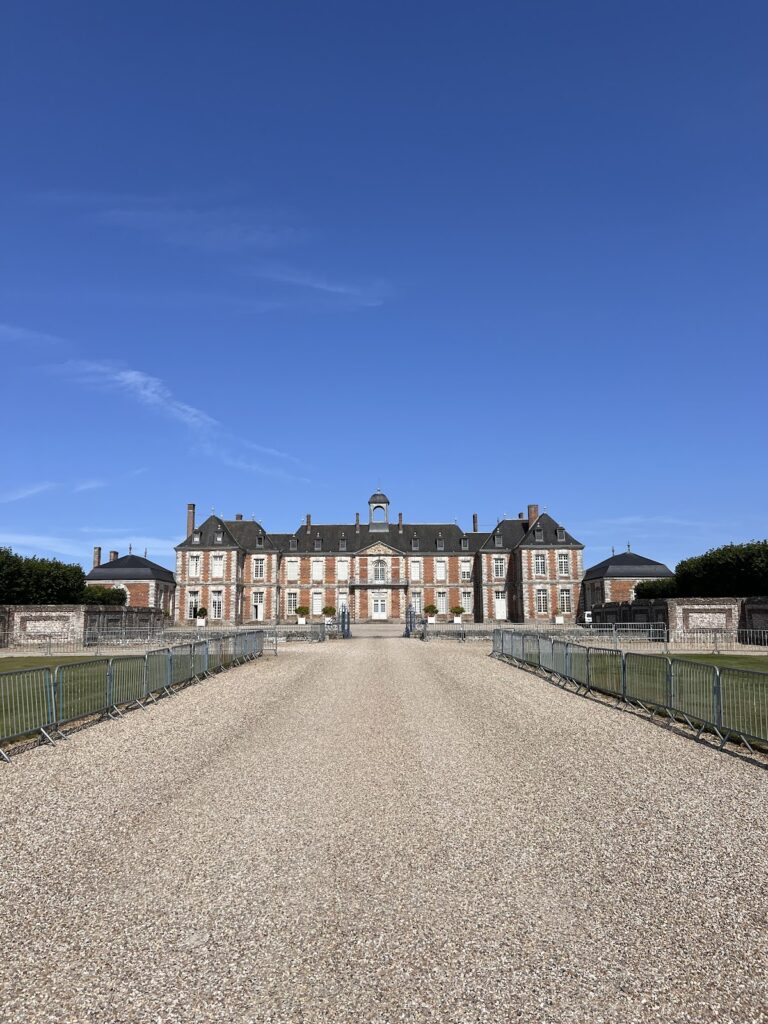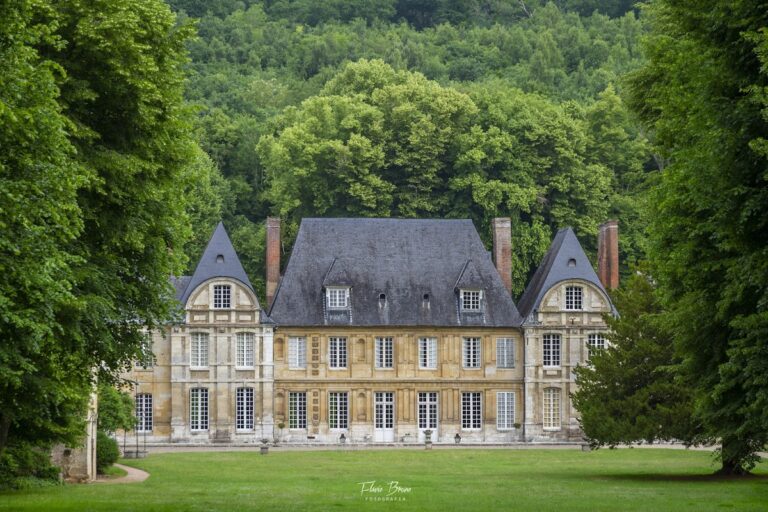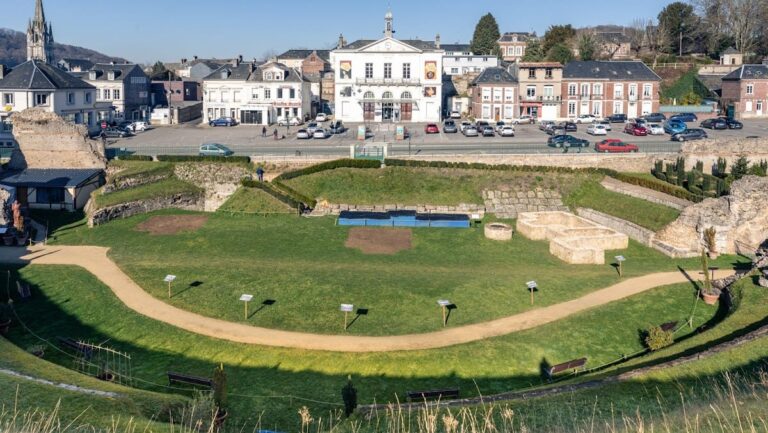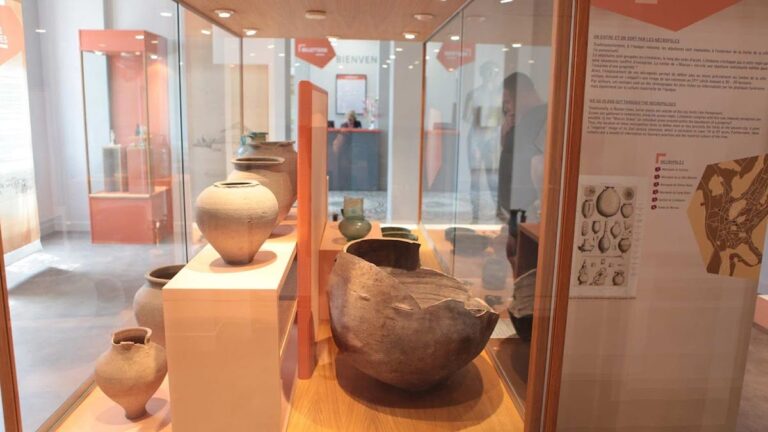Château de Galleville: A Historic Estate in Doudeville, France
Visitor Information
Google Rating: 4.2
Popularity: Very Low
Google Maps: View on Google Maps
Official Website: chateaudegalleville.com
Country: France
Civilization: Unclassified
Remains: Military
History
The Château de Galleville is located in Doudeville, France. It was constructed during the latter half of the 17th century, established on land obtained in 1660 from the Abbey of Valmont. The initial owner was likely Jacques Roque, lord of Varengeville, who served as secretary to Monsieur, the brother of King Louis XIV. This connection places the château within a network of influential noble and royal figures in France during the reign of Louis XIV.
Ownership of the estate passed from Jacques Roque to his daughter, Jeanne Angélique Roque de Varengeville. In 1702, she married Claude Louis Hector de Villars, a prominent military leader who was appointed Marshal of France the same year. Villars’ status was further elevated when he became Duke of Villars in 1705 and Peer of France in 1709. The château remained linked to the Villars family until the death of the Duchess in 1763. The property then went to her son, Armand Honoré, the second Duke of Villars, who sold the estate a year later in 1764.
Following this, Château de Galleville experienced several changes in ownership. In 1769, it was acquired by Nicolas Lairless, an Irish gentleman. Subsequently, it belonged to Louis Le Seigneur de Reuville and later passed to the Héricy family. During the early 19th century, the estate came under the possession of the Marquis de Montault. Later owners included Count Mniszech, who served as chamberlain to Emperor Franz Joseph of Austria, and Baron d’Etchegoyen. The château was occupied by German forces during World War II and suffered partial fire damage in 1943. After the war, restoration was undertaken by the Baron and Baroness d’Etchegoyen. More recently, in 1984, the château was purchased by Ambassador Robert Gillet and his wife. That same year, the château and several associated structures were designated as historic monuments, recognizing their cultural and architectural value.
Remains
The Château de Galleville is characterized by a long structure combining brick and stone, centered around a main residential section called the corps de logis. This central building is extended by two wings: one projects forward toward the courtyard, while the other is recessed on the side facing the park, creating a balanced yet dynamic layout.
At the front of the château lies a courtyard followed by a forecourt, which is separated by a defensive ditch known as a “saut-de-loup”—a type of dry moat designed to protect the estate. Surrounding these spaces are outbuildings, or communs, which historically would have housed service functions or staff quarters. The ensemble also includes two guard pavilions positioned to oversee the approach to the château, as well as a dovecote, a structure traditionally used for housing doves or pigeons.
The façades and roofs of the château have been preserved and are part of the historic monument classification, along with the two outbuildings, the guard pavilions, and the dovecote. Beyond the buildings, the estate features two notable tree-lined avenues on its east and west sides. These alleys, together with the enclosing walls, the saut-de-loup, and the entrance gate, form an integrated historic environment protected by official status. The park surrounding the château has been distinguished with the label “jardin remarquable,” recognizing it as a garden of notable quality and design, reflecting the estate’s sustained importance as a cultivated and historic landscape.










